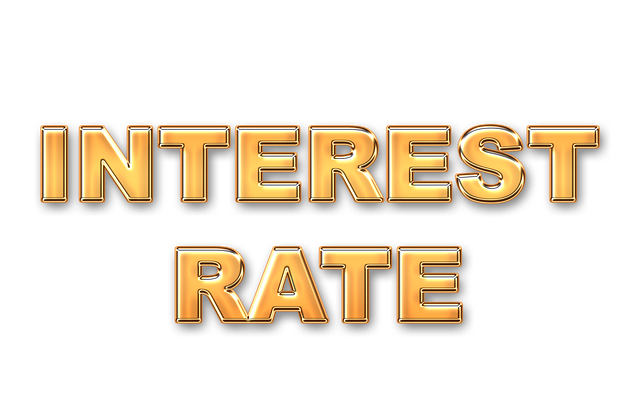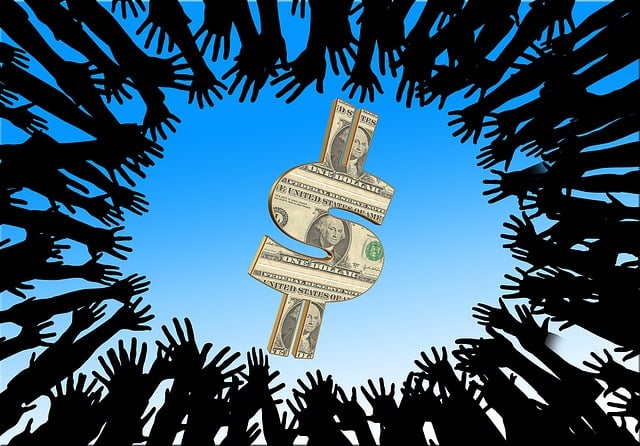Economic indicators like supply/demand, interest rates, regional economies, employment, and infrastructure significantly impact real estate market dynamics. The Federal Reserve's monetary policies, especially interest rate manipulation, profoundly influence property prices, with lower rates boosting activity and higher rates cooling it down. Real estate professionals must stay updated on these economic factors to adapt strategies effectively in the dynamic landscape.
In today’s dynamic real estate landscape, understanding market influences is key to making informed decisions. This article delves into the intricate relationship between markets and property prices, exploring how economic factors shape the real estate sector. We’ll specifically examine the Federal Reserve’s role in maintaining stability and its impact on property values. By navigating these influences, both buyers and investors can make strategic moves in a constantly evolving market.
Understanding Market Influences on Real Estate

The dynamics of the real estate market play a pivotal role in shaping property values and investment strategies, making it crucial for both buyers and sellers to stay informed about these influences. Market forces, driven by various economic indicators, significantly impact the landscape of Real Estate. Supply and demand are fundamental factors; an increase in demand for residential or commercial properties can lead to higher prices and a competitive market, while excess supply may result in price adjustments.
Interest rates, another critical aspect, have a substantial effect on mortgage affordability and investment decisions. When interest rates rise, borrowing costs increase, potentially cooling down the real estate market. Conversely, lower interest rates can stimulate activity as they make homeownership more accessible, encouraging both buying and selling. Additionally, regional economic health, employment trends, and local infrastructure developments all contribute to market fluctuations, creating unique opportunities and challenges within diverse Real Estate markets.
The Federal Reserve's Role in Property Prices

The Federal Reserve plays a significant role in influencing property prices within the real estate market. As the central bank of the United States, it wields considerable power over monetary policy, which directly impacts economic conditions and consumer spending, ultimately affecting housing markets. Through various tools, such as setting interest rates and implementing open-market operations, the Fed can stimulate or cool down the economy, thereby impacting mortgage affordability and demand for real estate.
For instance, when the Federal Reserve lowers interest rates, it encourages borrowing and investment in the real estate sector, potentially driving up property prices. Conversely, raising interest rates can make mortgages more expensive, potentially slowing down the market and causing a decrease in home values. This dynamic relationship between monetary policy and real estate underscores the importance of the Fed’s decisions in shaping housing trends and prices across different regions.
Navigating Economic Factors in Real Estate Set By Market

Navigating Economic Factors in Real Estate Set By Market
The real estate market, being a complex ecosystem, is heavily influenced by various economic factors that play a pivotal role in its dynamics. One of the key players in this landscape is the Federal Reserve, which sets monetary policies and interest rates that can significantly impact property values and investment opportunities. Economic indicators such as GDP growth, unemployment rates, and inflation levels all contribute to shaping market trends. For instance, a robust economy with low unemployment typically fosters a healthy real estate market, driving up demand for properties.
Interest rate movements are particularly crucial. Lower interest rates make borrowing more affordable, encouraging both buyers and investors to enter the market, thereby increasing competition and potentially inflating property prices. Conversely, higher interest rates can cool down the market as borrowing costs rise, potentially leading to a slowdown in transactions. Real estate professionals must stay abreast of these economic factors to make informed decisions, adapt their strategies, and guide clients effectively through the ever-changing real estate landscape.






